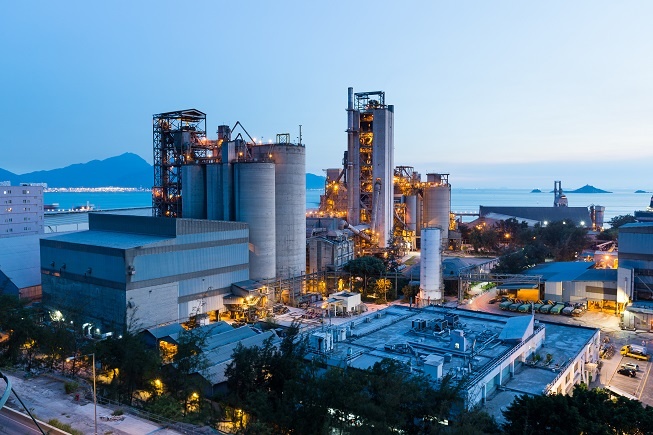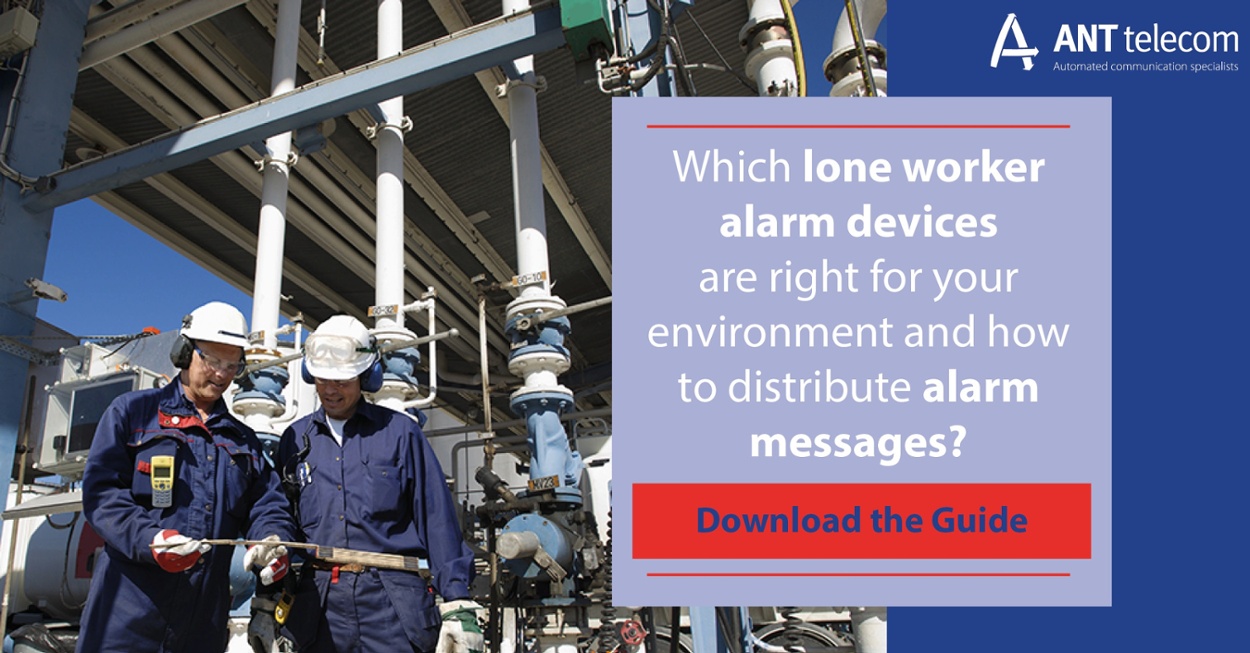
Employees across every industry have the right to work under safe conditions, but there are certain workers that are at increased risk due to the environments that they operate in, such as those working in potentially explosive atmospheres. For lone workers, the risks are even higher, as there are no colleagues around to raise the alarm if an incident occurs.
Explosions can cause significant damage, injuries and even loss of life; therefore staff that are exposed to potentially explosive materials, such as highly flammable gases, are covered by the European directive, ATEX. This sets out the specific requirements that employers must adhere to in order to manage the risks from fire and explosions and keep staff safe. So, what safety measures do employers need to consider when operating within a lone worker ATEX site?
Identifying the Risk
Prior to any work commencing in hazardous areas of a site, a risk assessment must be completed by the employer, so they can evaluate the level of risk. This is to ensure that every possible threat is identified to keep the area and each employee protected from potential disaster.
After a comprehensive risk assessment, the findings of the evaluation must be recorded within an explosion protection document. It is imperative that the information is documented so that the company, and the regulatory body, have a reference point to go from when checking that the company has adhered to the relevant policies.
Recording the findings from the risk assessment also allows businesses to thoroughly evaluate the outcomes in order to identify the measures that need to be put in place so that they can provide the highest levels of safety on site. By logging the potential hazards for lone workers, this can also help to pinpoint the type of alarming device, and the required functions that would be best suited to staff working in that environment.
Training and Safety Drills
In order to keep staff safe when working in lone worker ATEX locations, ie. potentially explosive locations, thorough training is required to educate employees about the potential hazards and best practice on how to follow procedures in the event of an incident. In particular, lone workers are at increased risk as they are isolated from the rest of the team so it’s important for employers to advise the workforce on how to avoid incidents in the first place and stop incidents from escalating further.
One way to make sure that staff have received the appropriate level of training is to conduct regular safety drills. This way, employers can make sure that employees are fully aware of the risks, such as how to prevent a potential explosion, and understand how to work with the safety mechanisms in place to keep them protected. Furthermore, it’s also the employer’s responsibility to regularly review lone worker devices and procedures so that any changes to the working environment, or job functions, are appropriately addressed in terms of worker safety.
Integrated Communications
In addition to alarming devices, lone workers can also benefit significantly from an integrated communications solution so they can communicate with the rest of the team when required and ultimately increase productivity levels. However, mobile phones and other similar communication handsets have the potential to emit a spark when in use and as such should never be used within a lone worker ATEX environment. Instead, businesses should invest in intrinsically safe devices which are certified to be used within ATEX areas that contain particular explosive elements.
When communication technology is combined with lone worker functions such as panic buttons, tilt sensors and software that can distribute lone worker alert messages, employees are fully equipped to keep in contact with colleagues and be confident in the knowledge that mechanisms are in place to keep them safe at all times, even in a potentially explosive environment. There are a range of ATEX devices in the market, however, assessing which device and platform is suitable for your users, environment and infrastructure is challenging which is where a specialist communication and lone worker company like ANT Telecom can help. With our independent advice, we can help you take the guess work out of finding the right solution for your business. Contact us today or download our guide below for further information.





